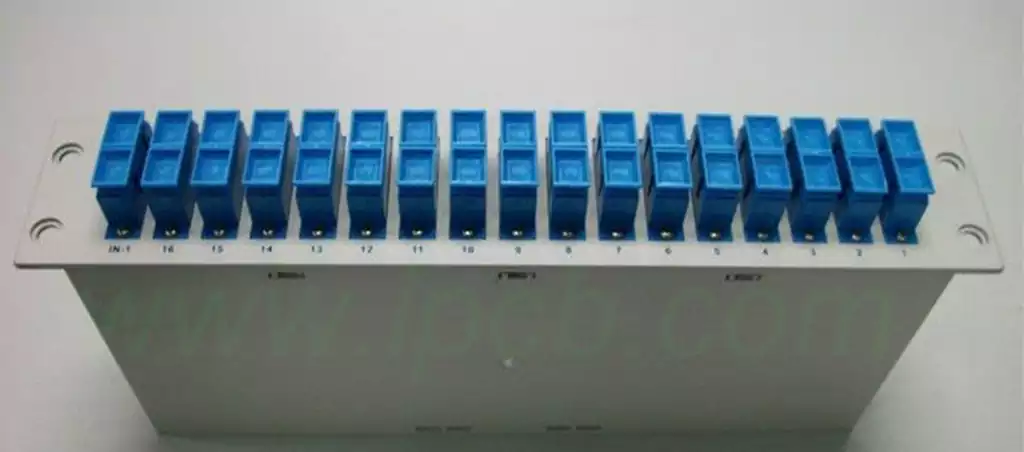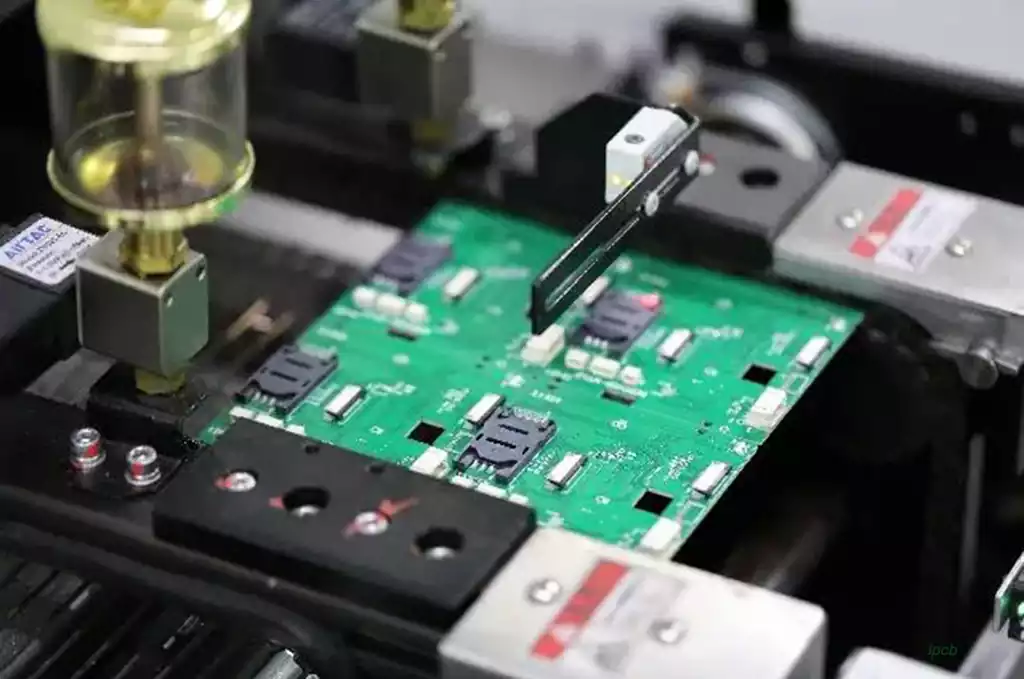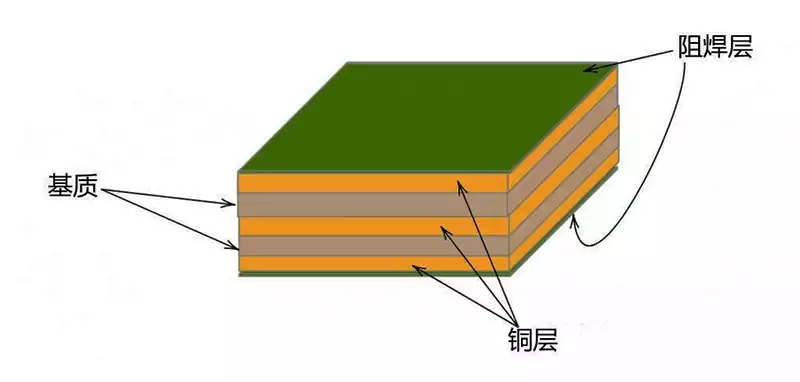What is a splitter?It is an electronic device that is used to distribute electrical signals or data streams to different routes. It can split an input signal into multiple output signals according to a certain pattern, each output signal has the same electrical characteristics as the input signal, and the number of output signals can be fixed or variable. It is also possible to combine multiple signals into a single output signal.
It works by splitting a signal into multiple paths and transmitting it to different devices through different paths, realizing the function of connecting a signal source to multiple devices at the same time.
In a splitter, there is only one input port, while the output port can be two or more. For splitting the data, resistor splitting, transformer splitting or fiber splitting can be used. It can split the signal in a signal source into multiple sub-signals and transmit them to different output ports.
Composition and function
The main structure of a splitter
Its main structure usually includes components such as inputs, outputs, and control circuits.
Input Terminal
The input terminal is a basic component. It receives the input signal and transmits it to the control circuit of the splitter. The design of the input is usually based on the characteristics of the signal and the transmission method.
Outputs
The output is another basic component that receives the split signal and passes it on to other electronic devices or circuits. The design of the output is usually based on the characteristics of the signal and the transmission method.
Control Circuit
The control circuit is an important part of making the splitter work. The control circuit recognizes and controls the input signals and transmits them to the corresponding outputs. The design of the control circuit is usually based on the characteristics of the input signal and the distribution requirements.
Other Components
A number of other parts such as amplifiers, isolators, transformers, etc. are also included. These parts can be added or deleted as needed to meet the needs of different application scenarios.
Classification
A passive splitter simply distributes and superimposes input signals according to certain circuit principles, and does not require an external power supply. Passive splitters are generally categorized as limiting splitters, anti-interference splitters, inverters, inverters, and phasers, and are mainly used in low-frequency circuits, signal amplification circuits, and low-power circuits.
Active splitter requires external power supply and has certain amplification function. Depending on the circuit structure, it can be divided into various types such as voltage divider, current divider, impedance converter, power divider and phase shifter, etc. It is mainly used in high frequency circuits, amplifiers, filters, oscillators and modulation demodulation circuits.
Digital splitter is a kind of splitter based on digital logic circuits, which realizes the distribution and multiplexing of signals through the control of binary numbers. Digital taps are characterized by distributed inputs and parallel outputs, and are easy and simple to use. They are mainly used in the fields of digital signal processing, multiplexing, switching and multiplexing in communication systems.
Fiber optic taps are based on optical principles and are widely used in optical communication systems. It can divide optical signals into different optical paths for transmission and realize the multiplexing of signals of different wavelengths. Depending on the fabrication process and principle, they can be classified into various types, such as broad coupling splitters, WDMs for LANs, and tiny optical splitters within photonic chips.
Microwave splitters are used in microwave communication and radar systems and are characterized by broadband, low loss, high isolation and good linearity. According to the different operating frequency bands and application scenarios, it can be divided into various types such as conventional splitter, keyed splitter, insertion loss and coupler.

Role and use
- Improve signal coverage
A single signal can be distributed to multiple TVs or computers, improving the signal coverage. Users can watch the same program or receive the same network signal in different rooms.
2.Improve signal transmission quality
It can balance the signal strength, which can effectively reduce signal loss and interference, and improve the quality of signal transmission, so that TV, Internet and broadband can work better in the field.
- Improve data security
Being able to separate network connections avoids interference and attacks between computers. This improves data security and protects the user’s computer data.
Splitter flame retardant material is the material that can effectively slow down the rate of fire spread of electrical equipment under high temperature conditions. Its main role is to provide additional safety protection measures, while meeting the national requirements for the level of safety protection. Common flame retardant materials:
- Flame Retardant Polypropylene (FRPP): It has excellent flame retardancy and can maintain stable physical properties at high temperatures.
- Flame retardant ABS: ABS material is composed of three copolymers, which have excellent flame retardant properties to a certain extent.
- Flame retardant PC: Polycarbonate material has good chemical and physical properties, and also has certain flame retardant properties.
With its excellent signal distribution capability, the splitter plays an important role in many fields, from improving signal coverage to ensuring data security.



